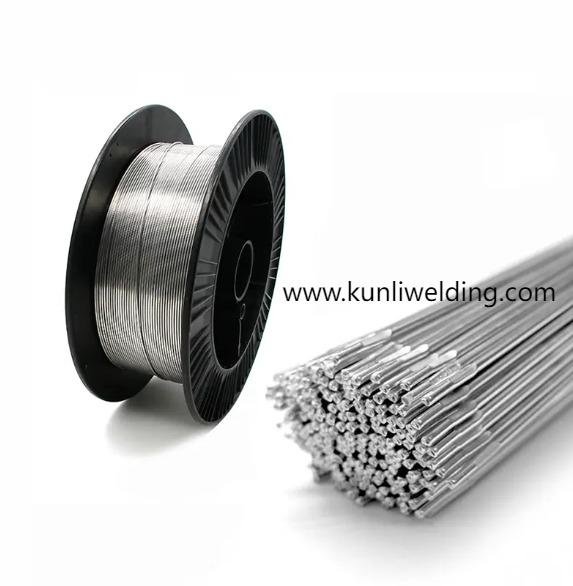In shipyards facing stricter environmental standards and growing demand for offshore wind platforms, Aluminum Welding Wire ER5087 has become a top choice for marine fabricators seeking both strength and corrosion resistance. This magnesium‑enriched alloy wire delivers welds that withstand saltwater exposure and turbulent sea conditions, making it an essential tool for projects ranging from leisure yachts to heavy‑duty offshore structures.
Marine environments subject welded joints to cyclic loading and corrosive elements that can undermine integrity over time. The high magnesium content in ER5087 enhances mechanical toughness while forming a protective oxide layer that repels seawater. Weld beads produced with this wire bond seamlessly to common hull and deck alloys, preserving fatigue resistance and preventing undercut that can lead to crack initiation under repetitive stress.
When modern vessels integrate advanced propulsion systems and lightweight superstructures, weld consistency becomes critical. Automated welding stations in shipyards leverage the uniform diameter control of ER5087 to maintain smooth wire feed and stable arcs. Consistent deposition translates to fewer stops for tip replacement and less spatter to clean up, allowing teams to tackle complex joints-such as curved stringers and tight corner welds-with minimal rework.
Offshore wind installations also depend on durable aluminum welds. Turbine platforms, bracing frames, and cable trays must endure constant wave action and salt spray. Fabricators appreciate how ER5087's fluid weld pool penetrates narrow gaps and self‑levels on sloped surfaces, reducing the need for post‑weld dressing. This efficiency keeps offshore schedules on track, where weather windows are often short.
Corrosion protection extends beyond the weld zone. Compatible filler chemistry ensures that heat affected zones share the same resistance traits as the base metal. This uniformity prevents galvanic reactions between weld and plate, a common failure mode when dissimilar materials come into contact in seawater. As maritime safety authorities tighten inspection protocols, selecting a wire that supports reliable non‑destructive testing becomes invaluable.
Training and technical support shape successful marine welding programs. Suppliers offering on‑site workshops guide technicians through parameter optimization-from current settings to travel speed-for critical applications such as ballast tank seams or lifeboat davit assemblies. In addition, remote diagnostic tools link spool traceability data with weld logs, helping quality managers verify that each joint meets marine class certifications without delay.
Sustainability trends also influence welding wire choices. The ability to recycle scrap aluminum into new wire batches aligns with shipyard goals to minimize waste and reduce carbon footprints. Consistent performance of recycled ER5087 wire underscores its value in green manufacturing initiatives, supporting maritime supply chains as they adapt to environmental directives.
As global trade routes expand and offshore energy projects accelerate, the demand for high‑performance welding consumables continues to rise. Fabricators who invest in wires that combine toughness, corrosion resistance, and feed reliability gain an edge in productivity and safety. Whether constructing intercontinental cargo vessels or servicing remote oil platforms, ER5087 provides the weld quality maritime professionals depend on.Explore how advanced welding solutions can support your next marine or offshore project at www.kunliwelding.com .




